What comes to mind when you think about pumpkins? If you are like most people, you most likely started visualizing a North American Thanksgiving treat, a giant jack-o’-lantern, etc. Compared to other nations, Americans do not eat pumpkin throughout the year. Instead, they rely on the pumpkin to herald the arrival of the harvest season.
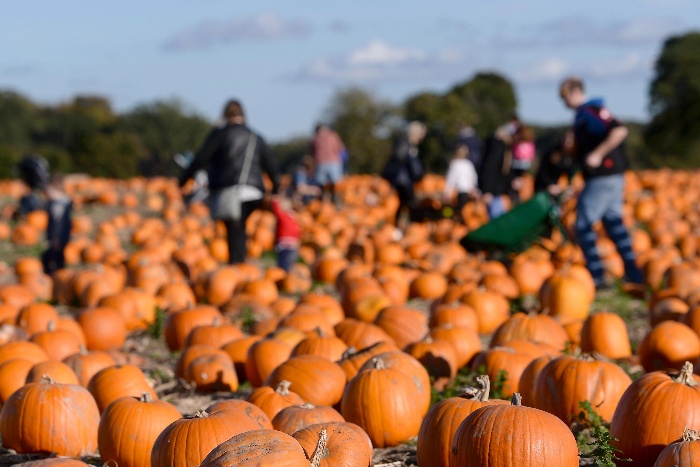
Yet, this was not always the case In the past people used the pumpkin’s species Cucurbita Pepo to make bread in times of poor wheat harvest. So, how did the ubiquitous pumpkin become the key ingredient in some of the most popular homemade Thanksgiving treats?
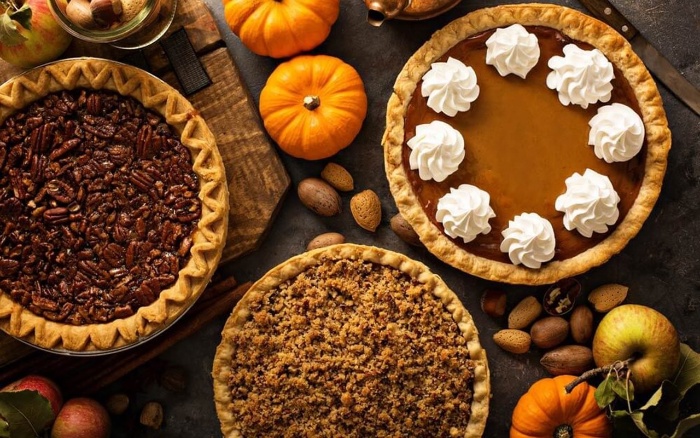
Let us find out more about the story of the pumpkin. It shows that seemingly every-day objects like easy Thanksgiving desserts can hold deeper symbolic meanings.

BEFORE HUMANS ARRIVED IN THE ‘NEW WORLD’
Interestingly enough, pumpkin, acorn squash, zucchini, ornamental gourd and other forms of the species Cucurbita pepo are technically fruits. Having that in mind, it is not surprising that people use pumpkin to make healthy Thanksgiving snacks.
However, the oldest example of orange field pumpkin seeds is more than 10,000 years old. Wild squashes used to grow abundantly around floodplains before humans hunted herbivores to extinction. Distinct forms (including the pumpkin) managed to survive due to the fact that people kept growing them as domesticated plants.
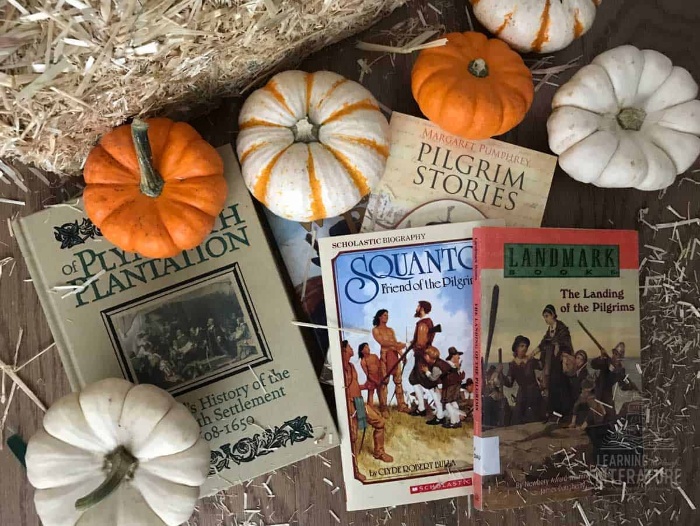
NATIVE AMERICANS AND PUMPKINS
According to history, indigenous North Americans had been growing pumpkins before they started cultivating beans and corn. At first, they used the plants as containers and for their seeds. However, later on they began to cultivate squashes on farms across America.
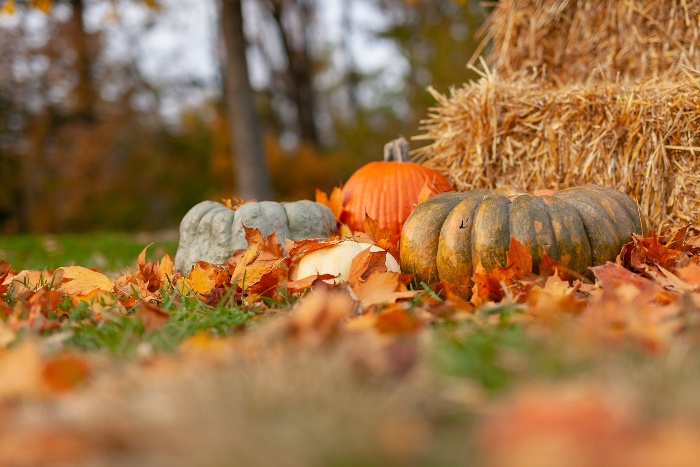
COLONISTS’ ARRIVAL IN NORTH AMERICA
It is not clear whether the colonists and the Wampanoag Native Americans ate pumpkin during the famous harvest feast. Yet, as the Pilgrims arrived in North America, they came across an abundance of the endemic crop.
Europeans witnessed how Native Americans roasted pumpkins in the fire, pounded the dried flesh into a powder, etc. Although they found it difficult to distinguish one form from another, they realized squashes were a valuable source of nutrition.
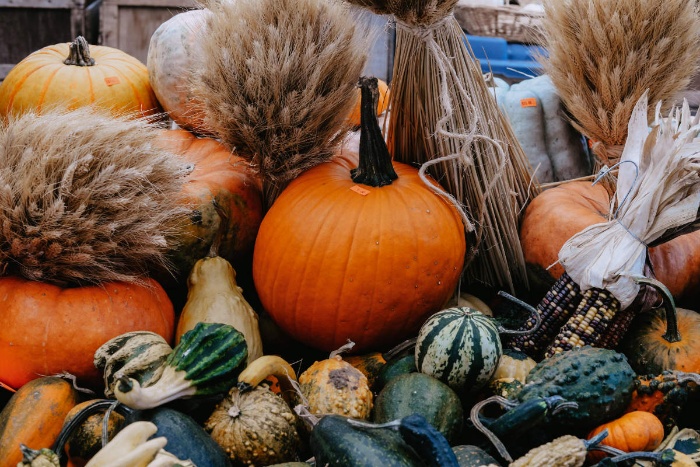
THE INDUSTRIAL REVOLUTION
During the industrial revolution in the 19th-century masses of people began to move to urban areas. This is when they started distinguishing between various forms of squashes. The pumpkin no longer had any economic value. However, it became a symbol of the connection to the land and agrarian ideals.
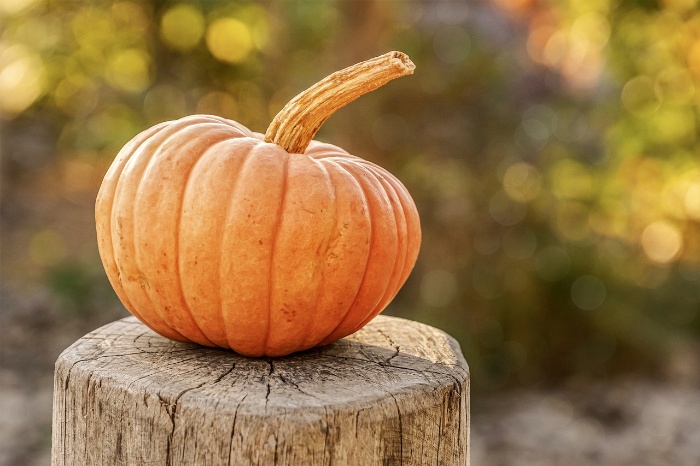
THE ABOLITIONIST CAUSE
Pumpkin pie is one of the most popular Thanksgiving snack ideas. Yet, did you know that it first gained popularity in New England in the end of the 18th century?
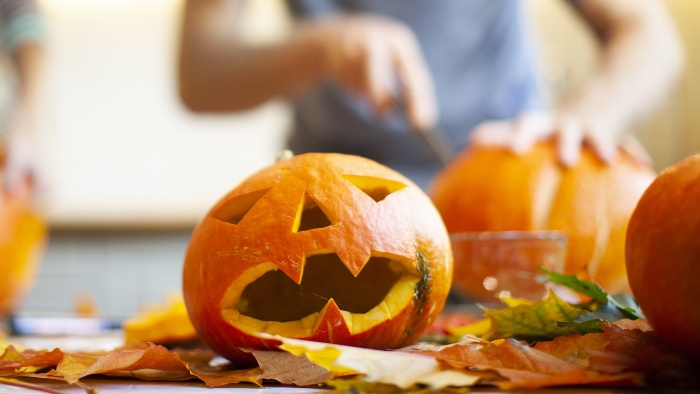
So, before pumpkin desserts became simple Thanksgiving treats, abolitionists praised pumpkin farms as a symbol of northern virtue.
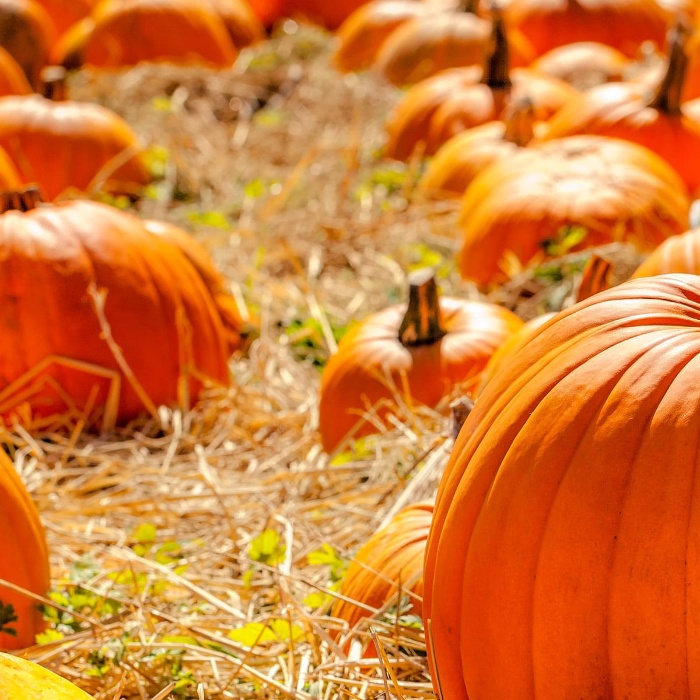
FINAL NOTE
As you can see, there is a special link between pumpkin and Thanksgiving. Not only is pumpkin pie a lovely Thanksgiving treat, but it also an American icon with a quite a curious history.


























